On 08 October 2017, Sunday; I ride, to unearth the #Glory_of_Narajole_Rajbari. for a journey and some mesmerizing stories of an era gone by …
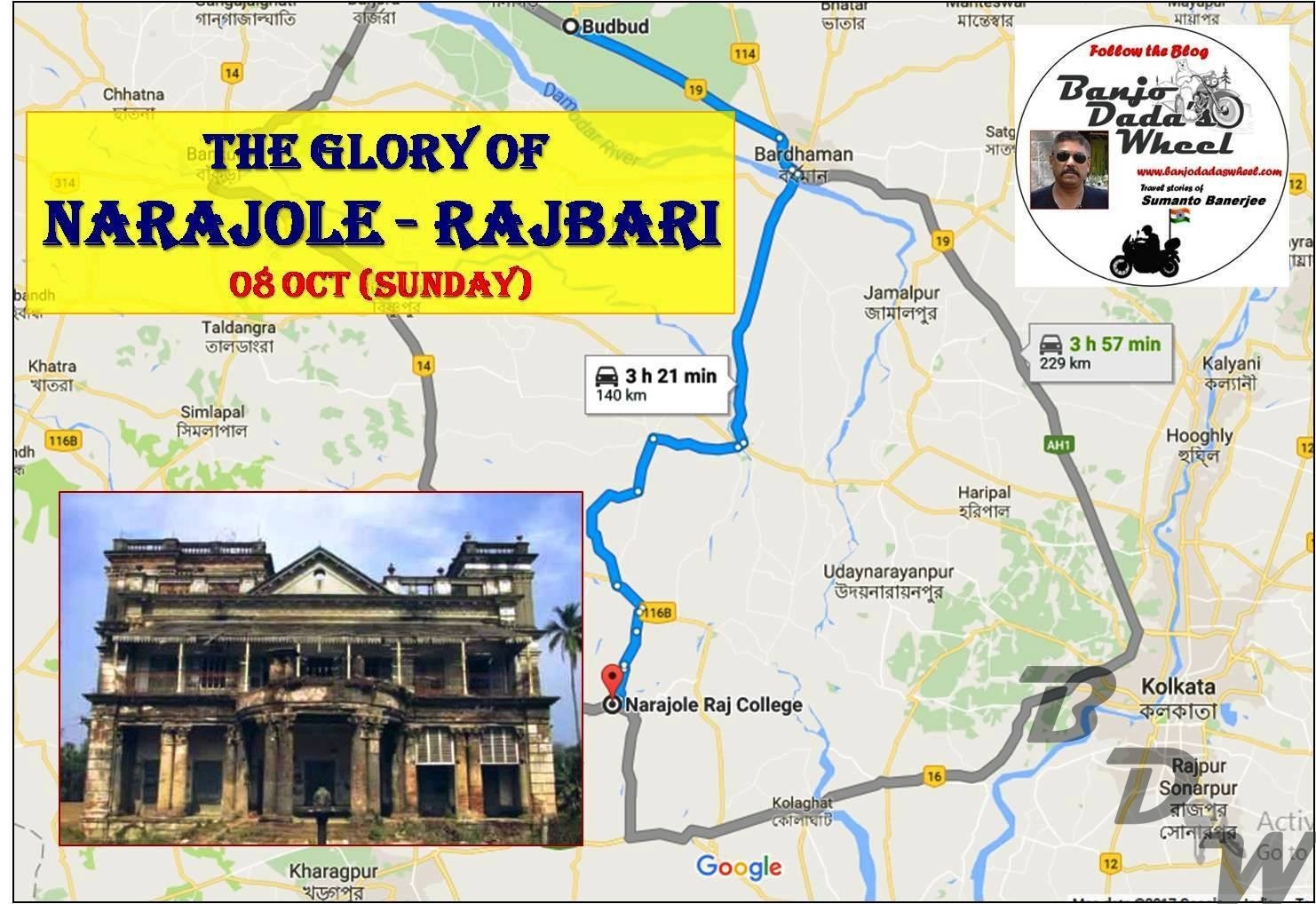
At #Ramjibanpur_Singha_Villa … I had heard about the Singha-villa a lot, and when I landed up, it was naturally mesmerizing. I had thought that the Singha we’re either the Singha from #Jorasanko (Kaliprassanna Singha et all) or Singha from #Rajshahi. But was surprised to talk with the current generation to find that they are Singha of Rajput Khshatriya clan with roots in Rajasthan. The family came under the Bardhaman Maharaj rule and was granted 100 bigha of land initially. The fortune of the family came from agriculture and an iron Foundry named Star Foundry near Liluah. The house was built by architects from England under the guidance of Shree Satish Chandra Singha. A near century old Zamindari Mansion, completely renovated after 4 long years of hard work (still undergoing), The Mansion is on 10 bigha plot which is fenced with 10 ft high brick wall. Inside the compound there are Mango & fruit garden, big pond, flower garden.
The family was celebrating their annual get together on Lakshmi puja, so I didn’t click too many photos. The gracious hosts offered me a cup of tea and I was taken around to show the unlived portion, with an invitation to visit and stay over soon. Bowled over by the Anglo-Gothic-Indian architecture and the hospitality of the Singha family.
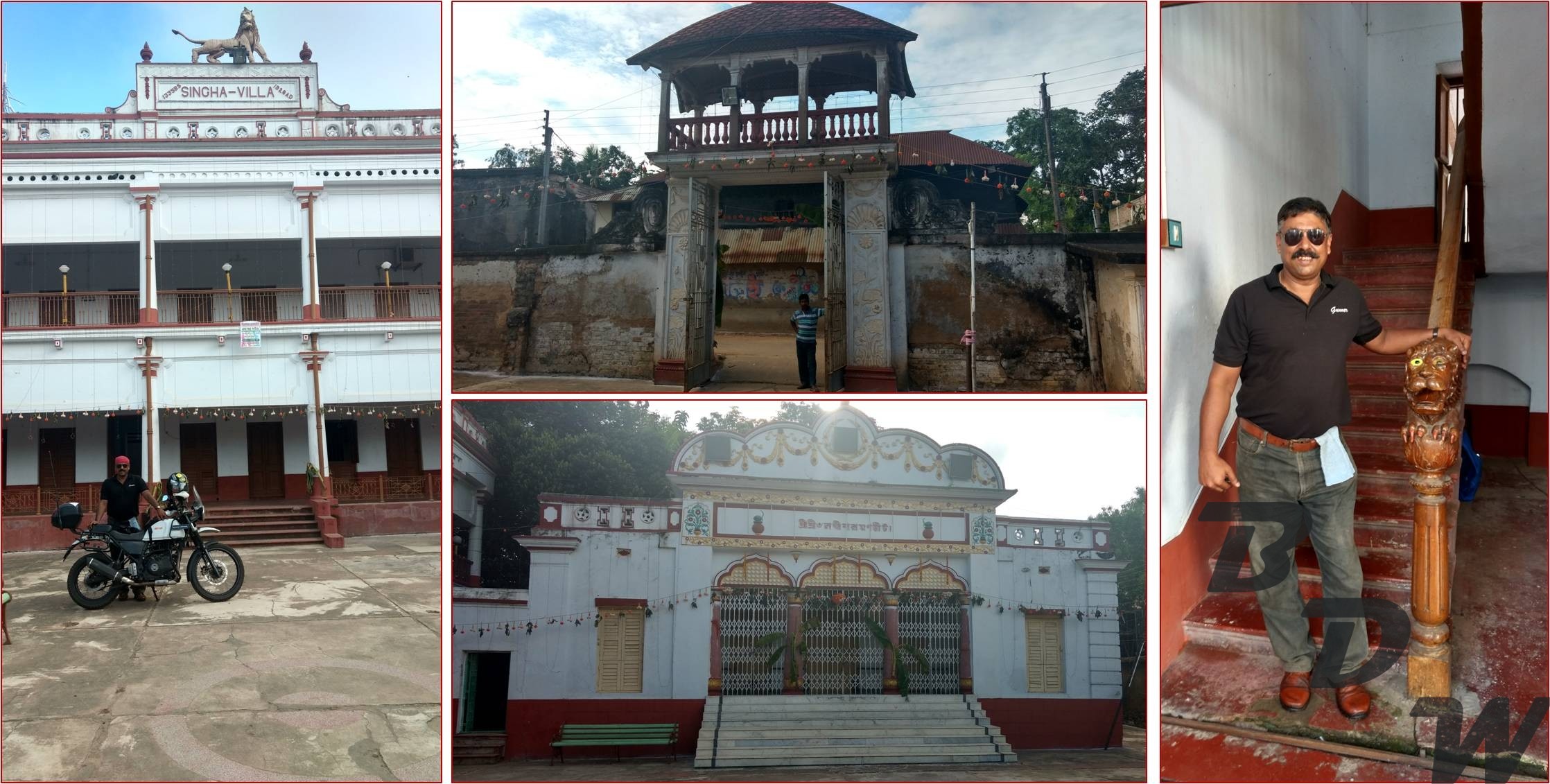
At #Birsingha_Birthplace_of_Vidyasagar
Ishwar Chandra Vidyasagar (26 September 1820 – 29 July 1891), born Ishwar Chandra Bandyopadhyay was a Bengali polymath and a key figure of the Bengal Renaissance. He was a philosopher, academic educator, writer, translator, printer, publisher, entrepreneur, reformer and philanthropist. His efforts to simplify and modernize Bengali prose were significant. He also rationalized and simplified the Bengali alphabet and type, which had remained unchanged since Charles Wilkinsand Panchanan Karmakar had cut the first (wooden) Bengali type in 1780. He also forced British to pass widow remarriage act.

At #Ghatal_Bhasapool
Ghatal town has quite a bit of history of civilization, business, struggle for freedom of India, The river Darakeswar and Shilabati meet with rivers Jhumi and Damodar at a place named as Bandar (Port) 3 km from Ghatal PS. This is the place of Pandit Ishwar Chandra Vidyasagar, Pradyot Bhattacharya, Pravangsu Paul, Mohini Mondal, Raja Narendralal Khan, Manabendranath Roy and so many ever-memorable persons.
In ancient time when Tamralipta was important port for shipping for export and import between Bangal and other countries including Sri Lanka. This Bandar of Ghatal was also used as port for anchoring boats and ships with goods.Ghatal had once become famous for manufacture of cotton,tusser silk,bell-metal utensils, earthen ware etc. and was so important that Dutch had a factory in the headquarters town, which is still used as a sub divisional courts. The river Shilabati divides the town into two parts. The Ghatal Police station is lying at the west bank of the river. There is one peculiar floating bridge on the river made of by joining some boats tied with rope from the both sides in the banks, called “Bhasa Pool” (Floating bridge). Also one cement bridge is constructed on the main pitch road passing through Chandrakona Town, Ghatal, Daspur and Mechhogram.
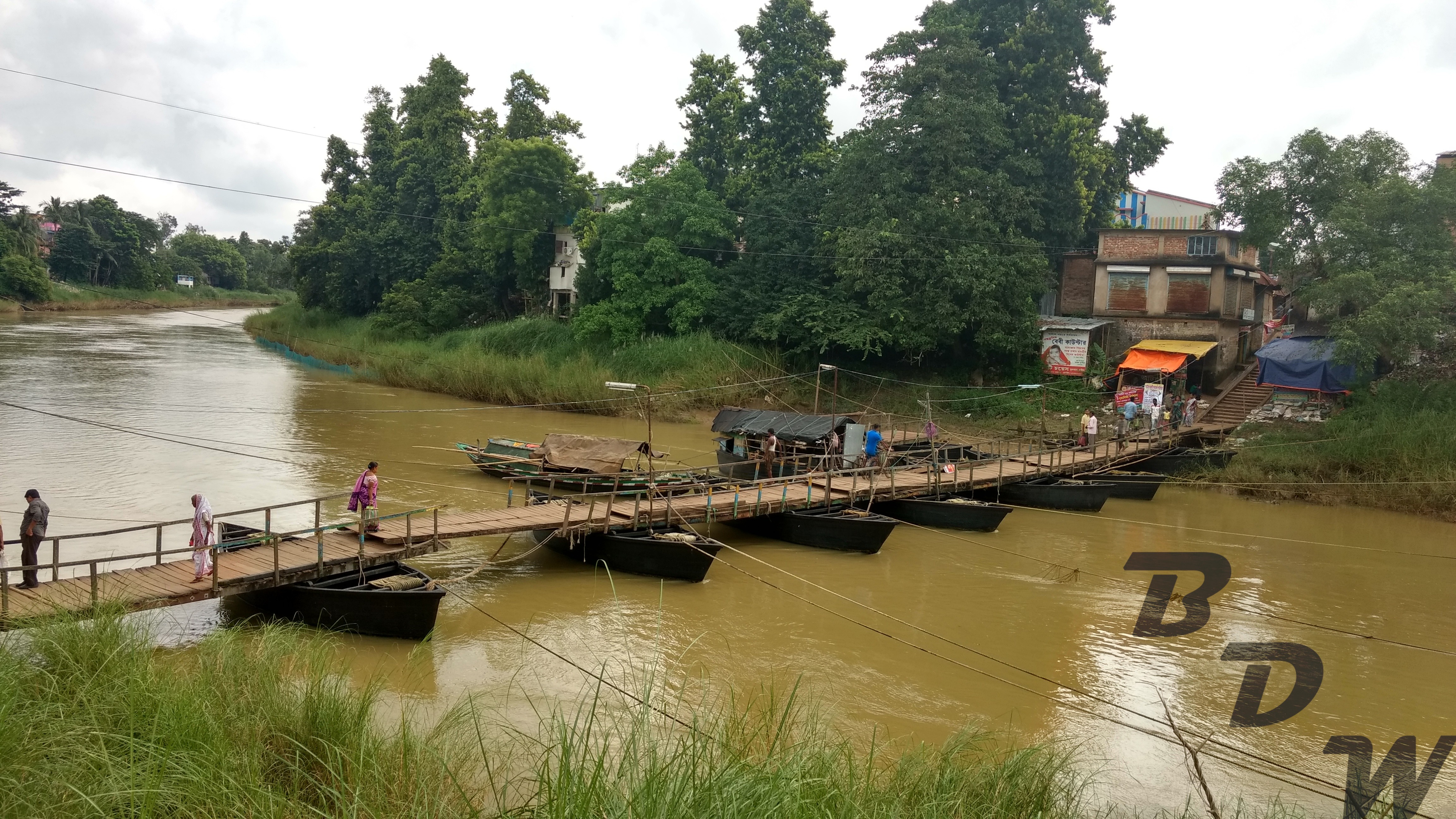
At #Ghatal_Anukul_Satsang
Sree Sree Thakur Anukulchandra popularly known as Sree Sree Thakur, was a Bengali Spiritual master, physician, and founder of Satsang. Devotees call him as the Fulfiller the Best of the Time ( পুরুষোত্তম). He is also commonly addressed as Embodiment of Supreme Love (পরমপ্রেমময়) by his devotees.
He was homeopathic physician by profession. Anukulchandra’s social movement, called Satsang, was originally registered in Himaitpur. On 2 September 1946 before the Partition of India, Anukulchandra moved to Deoghar in India from his birthplace Himaitpur, Pabna. This is where Satsang currently has its main center. Anukulchandra died on 27 January 1969. Satsang is managed now by Sri Asoke Chakravarty (popularly called Sree Sree Dada), the grandson of Anukulchandra.

All about #Narajole_Rajbaari (VERY LONG BUT VERY INTERESTING)
#The_Palace_Complex. The Narajole Rajbari, declared as heritage building by the West Bengal Heritage Commission in 2008, situated in Daspur I block of Paschim Midnapore. The Rajbari covers 360-bigha land in Narajole and Lankagarh where the three-storied Raj Palace having 250 rooms besides a ‘Hawa Mahal’ (ball room) is housed on 60-bigha area surrounded by parikha (ditches) in the interior fort side. The exterior fort spreads over the rest 300 bighas up to Lankagarh, nearly a km away, where the ‘Jalhari’, outhouse of the Rajas, encircled by parikha, is situated on 100 bighas. A total of Fifty-four temples are there in the exterior fort area where a plot was donated for building a degree college. The former Rajas of Narajole were true patriots. The works of Raja Narendralal Khan and his son Raja Debendralal Khan deserve a special attention. Mahatma Gandhi, Pandit Jawaharlal Nehru, Netaji Subhas Chandra Bose, Sarojini Naidu, Pandit Iswar Chandra Vidyasagar, Kazi Nazrul Islam, Sahid Kshudiram visited the Narajole Rajbari.
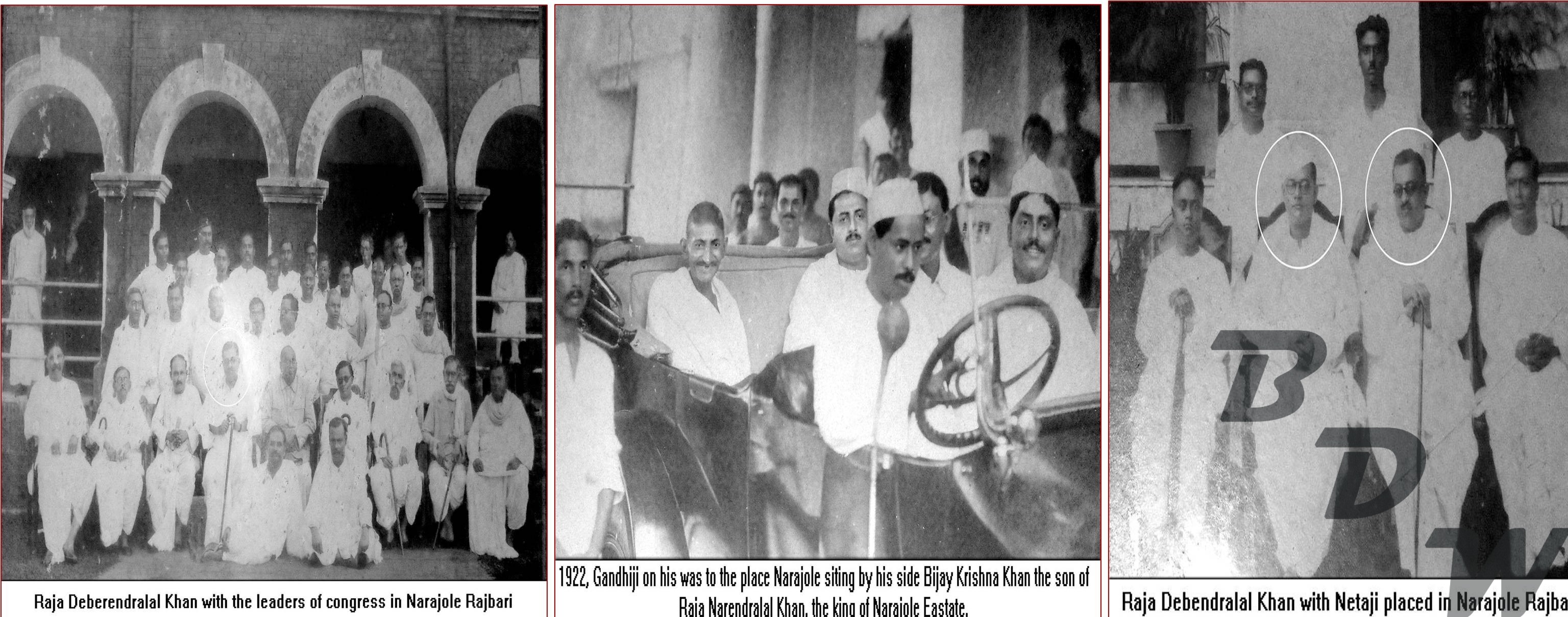
#The_Khan_Family. The royal family traces its origin to the era prior to British Raj. It is said that about 600 years ago, an ancestor, Uday Narayan went hunting in the dense forest. There, he saw an unbelievable sight – a crane was chasing a hawk and suddenly the entire place was lit up. That very night Uday Narayan dreamt of an idol of Devi Joy Durga made of gold lying inside the jungle. Next morning, he went in search of the place he had dreamt of and found the idol of Joy Durga surrounded by valuable treasures. It was this idol which was brought and still continues to be worshipped in the Joy Durga temple in Narajole thakurbari premises. Later on, Uday Narayan Ghosh encouraged people to settle down in that area and gradually the jungle was cleared for habitation. After Uday Narayan, Pratap Narayan became the king. The Narajole Fort was built by his son, Yogendra Narayan. His successor Bharat Narayan encouraged growth of agriculture in the area. Kirti Narayan, his son, further expanded the estate. During the time of Akbar, the Emperor of Delhi, Bengal’s Nazim Solemon Qurbani conferred Kartikram Ghosh the title ‘Roy’. Thereafter in 1596, Balabant Roy was conferred the title ‘Khan’ by the Nazim of Bengal and the family adopted the surname ‘Khan’. Much later, it was Devendra Lal Khan, who during the Indian Freedom Struggle became famous as one of the zamindars opposing the British. He expired just after India became free. It was after him that the Devendra Lal Khan Road in south Kolkata near Race Course was renamed. Later in 1953, zamindari system was abolished by the Government and the properties of Narajole royal family got vested in absence of any trust. After Debendra Lal’s death, Amarendra Khan became the legal heir. He married Anjali Khan – who was later elected as a Member of Legislative Assembly of West Bengal from 1957 to 1962. Although she shifted to Kolkata, she continued in her effort to restore and preserve the heritage. However, in her absence, the structure became dilapidated due to lack of maintainance and pilferage by the locals. At present, Rajarshi Devi, the last royal descendant lives in Kolkata.
#The_Garh_compound. Earlier, there was a garh (ramp or ground) around the Narajole dynasty which was spread over 330 bighas of land. It was divided in two parts – bahiragarh (exterior ramp) and antargarh (interior ramp) separated by a moat or canal. The exterior ramp included the Hawa Mahal, Rasmancha, Dolmancha and the Sastha Shivalaya. The antaragarh begins with the Shinghaduar (main gate), Nahabatkhana adjoining the gate, Kacharibari (office building), Rajbari, thakurdalan and other living areas of the royal family. There were around 240 rooms inside the Rajbari compound.
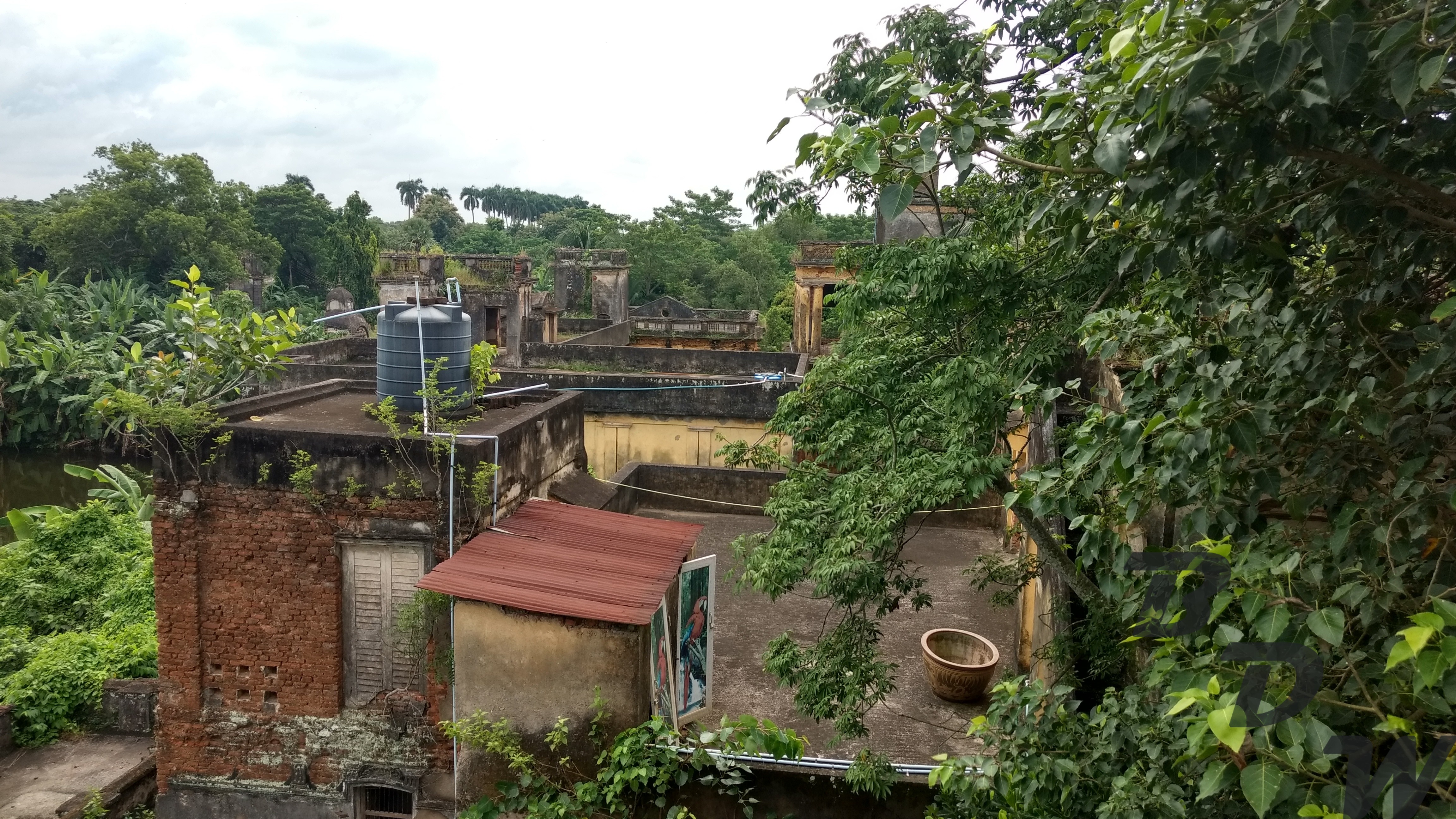
#Main_Palace (Photo1) The main Rajbari, built in 1840, was beautifully decorated with artifacts brought mainly from Jaipur, Delhi and Lahore. Later, after the fall of
the zamindari, it was turned into Narajole Raj College, which has now shifted away to a modern building. A part of the moat, which still exists, is approximately 600 feet long and 40 feet wide; it lies beyond the Rajbari.
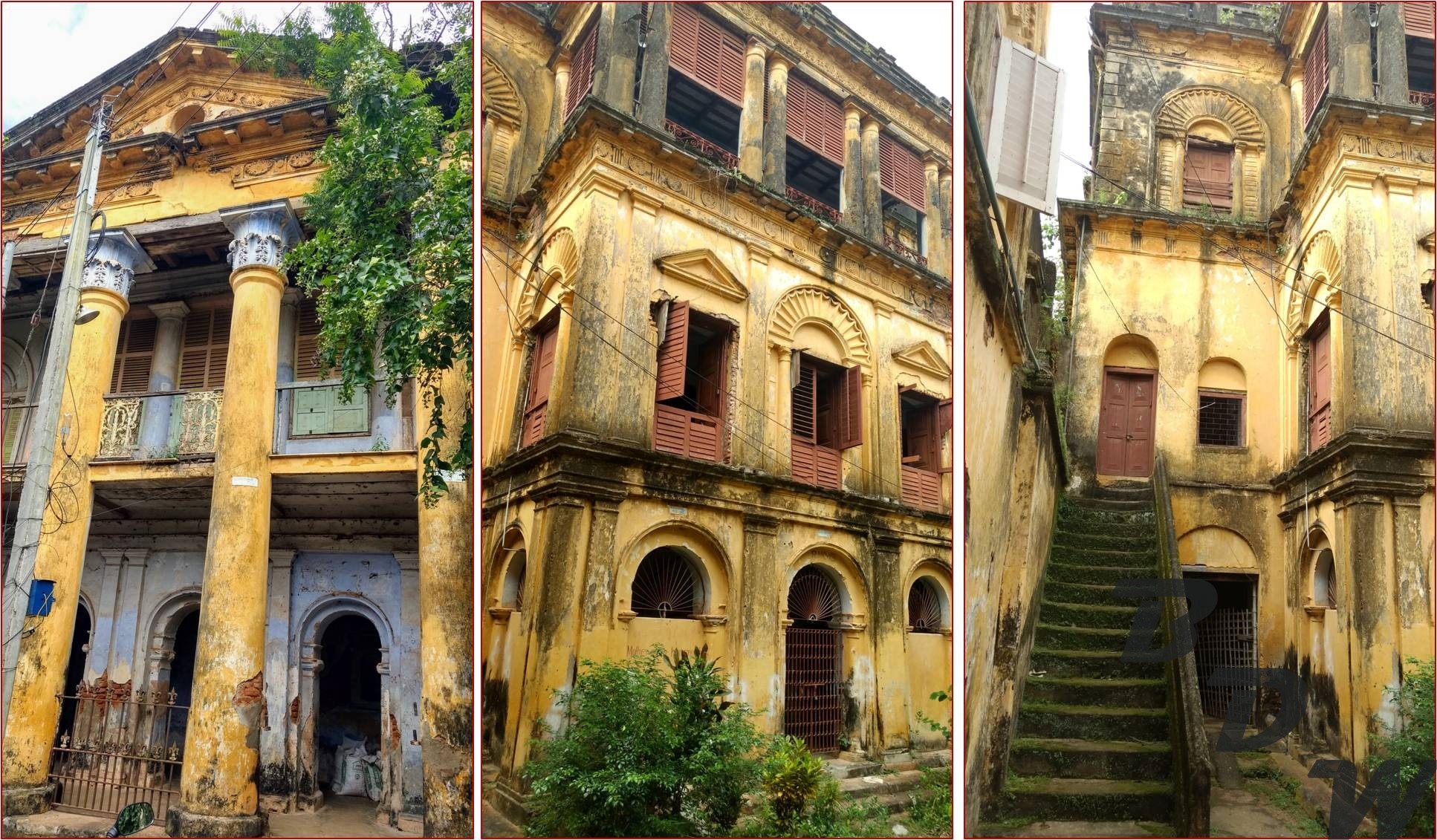
#Joy_Durga_temple (Photo 2). The main deity of Narajole royal family, Joy Durga, is housed in a pancharatna styled temple inside the compound of the Narajole Rajbari. The temple is believed to have been built by Udaynarayan Ghosh in 14th century. It is the oldest temples inside the Rajbari which has no authentic historical record. At present, Joy Durga temple is the only edifice which is somewhat maintained and continues to survive. The deity of Joy Durga is a small idol of approximately 12 inches of height, made of astadhatu (amalgamation of 8 metals). It is said that the idol was stolen quite a number of times but interestingly restored the very next day. The temple still continues with its nitya seva (daily rituals) and bhog. Simple anna (rice) bhog is available.
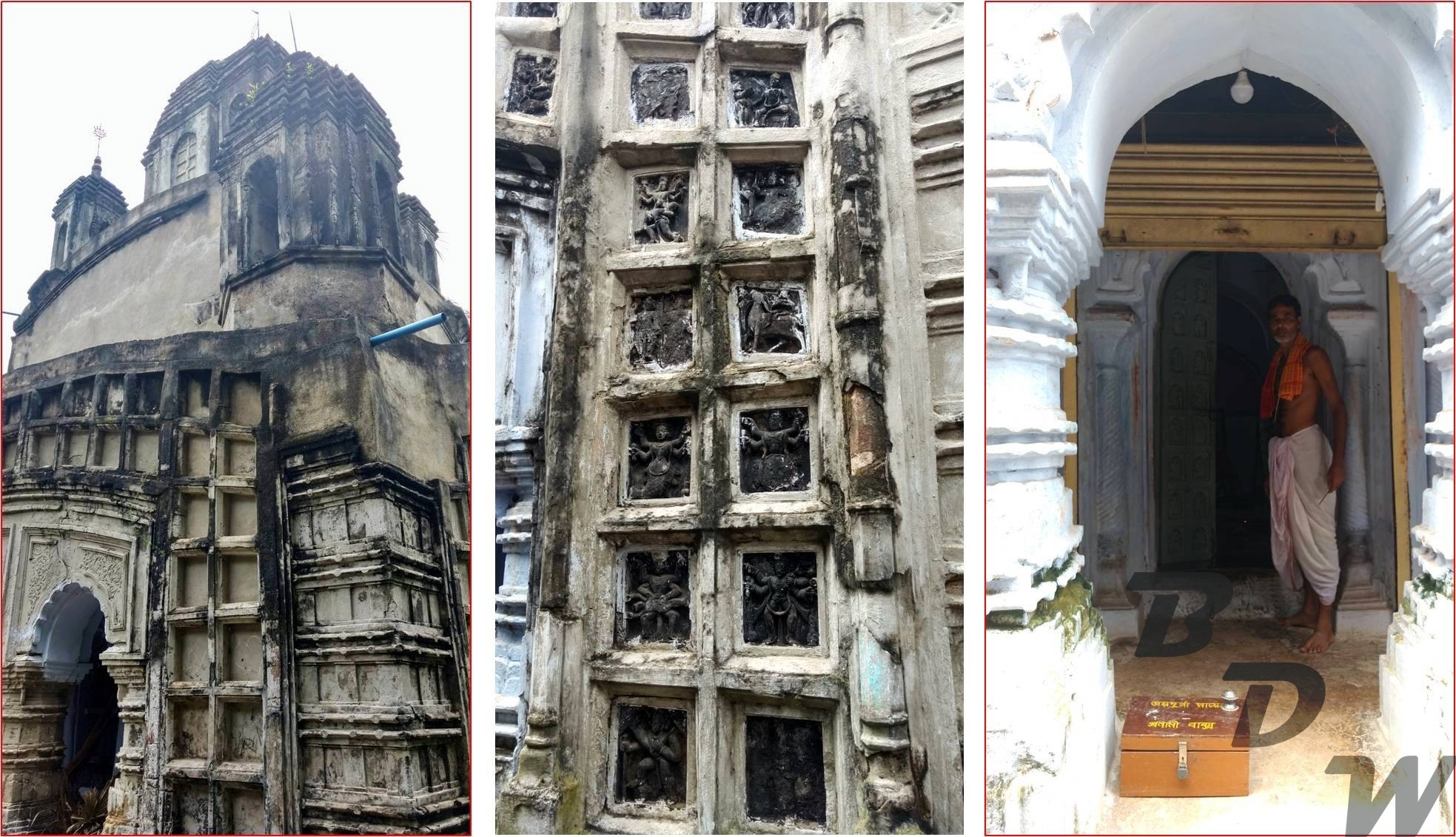
#Natmandir (Photo 3). In front of the Joy Durga temple inside the thakurbari compound, is the stunning Natmandir. Heavily ornate, black in colour, it bears close resemblance with the Upasana Bhavan of Shantiniketan. It is believed that Rabindranath Tagore, on his visit to Narajole Rajbari, appreciated the wrought iron architecture and thus Upasana Bhavan was inspired by this structure. The massive square wrought iron structure provides shade during prayers and its architecture is definitely worth a mention. A few pieces of Belgian coloured glasses are still intact to narrate the rich history of Narajole royalty.
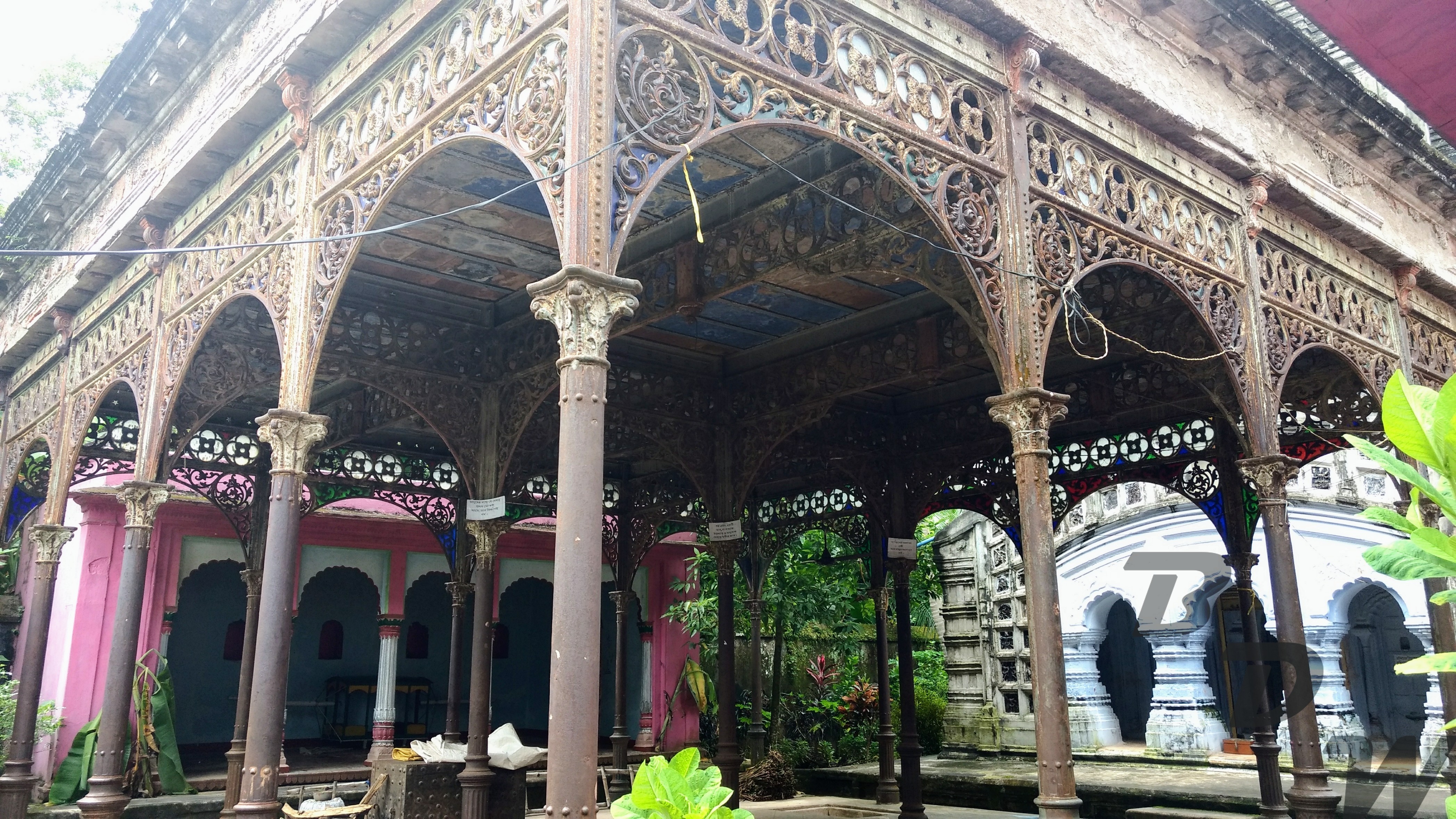
#Sitaram_Jiew_Mandir (Photo 4). In 1819, Raja Mohan Lal Khan built this Sitaram Jiew temple inside the Thakurbari, next to the Natmandir. At that time, Mohan Lal spent around 1 lakh to build the temple with stones brought from Ayodhya. The idols inside this temple are of Ram, Sita, Lakshman, Bharat, Shatrughan and Mahabir. Mohanlal Khan initiated the Ratha Yatra celebration carrying these idols during Ram Navami. The rath
(chariot) is housed beside the main approach road under a tin shed, quite visible to passer-by.
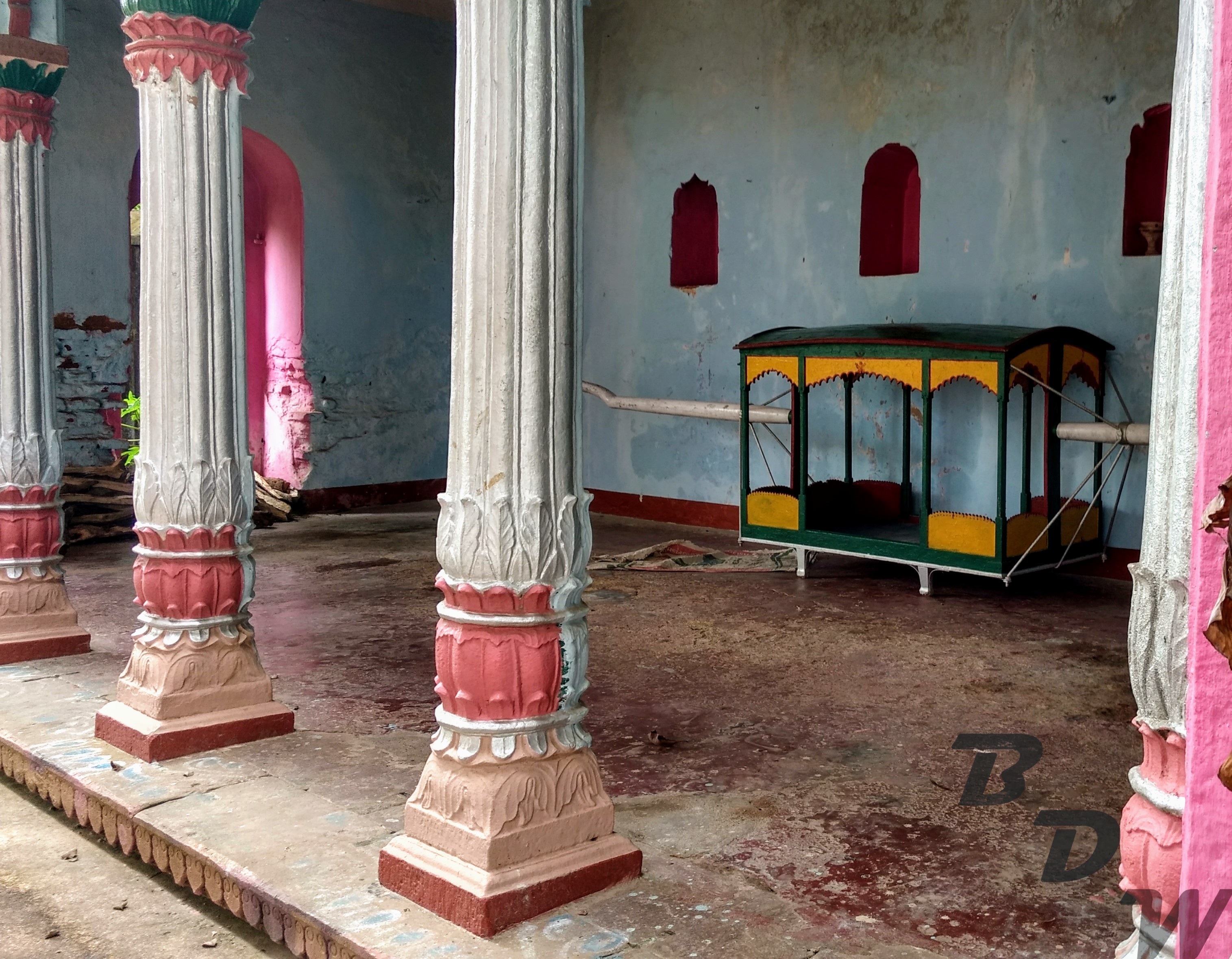
#Govinda_Jiew_Mandir (Photo 5). This temple too is situated inside the thakurbari compound adjoining the wrought iron Natmandir. It is said that Sitamram Khan, the first son of Sabharam Khan, built this temple around 1860 AD.
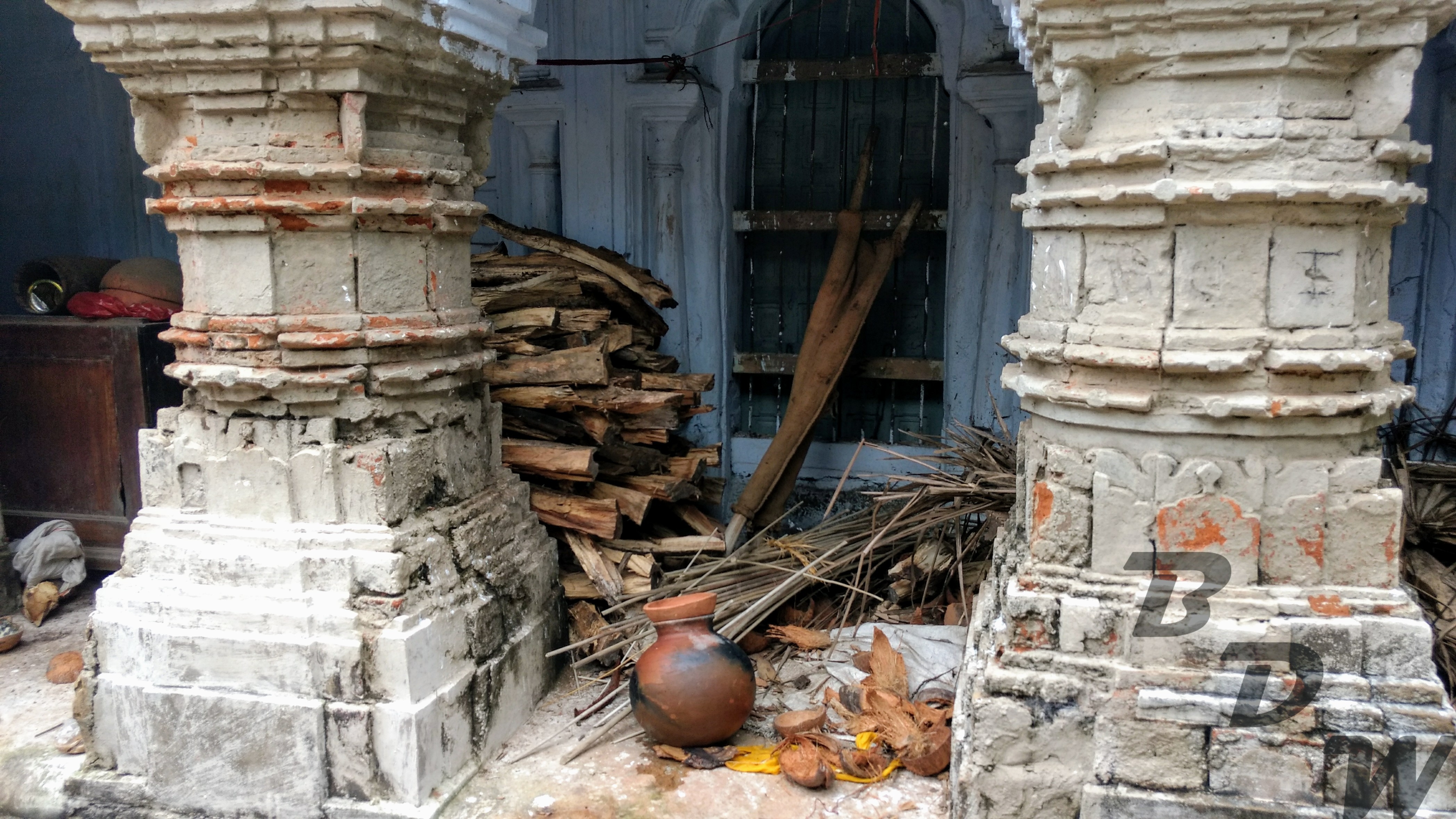
#Durga_dalan (Photo 6). Lying on the east behind the main palace is the Durga dalan – another awe-inspiring ornate wrought iron structure of equal size as the one lying outside, totally in ruins. The entire structure is presently covered by weeds, pointing to the utter lack of maintenance or preservation efforts. A few original tinted glasses are still there and serve as a pointer to the indifference shown by the authorities.
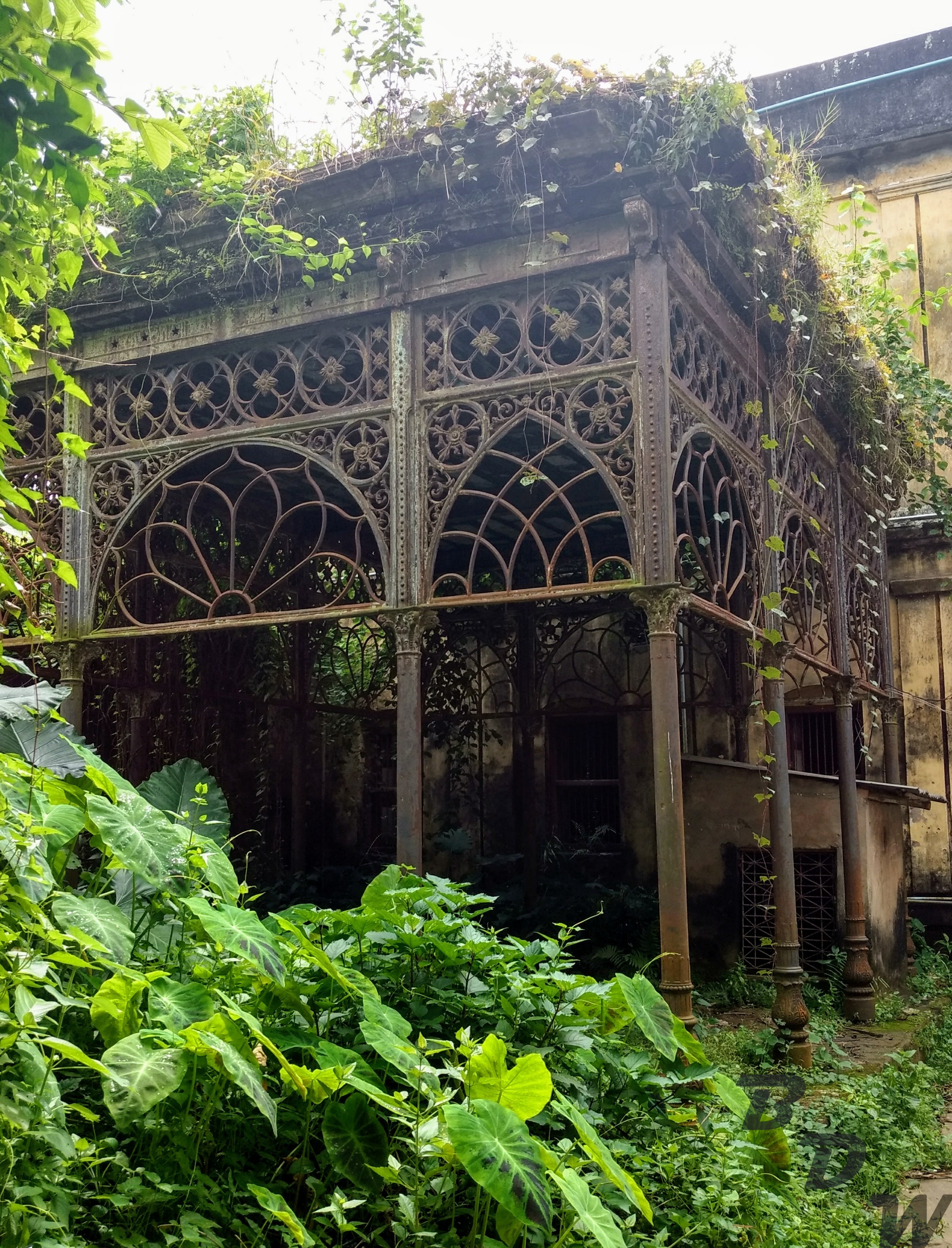
#Mrityunjoy_Shivmandir (Photo 7) Outside the thakurbari is the Mrityunjoy Shivmandir. It is a simple aatchala Shiva temple with terracotta inscriptions.
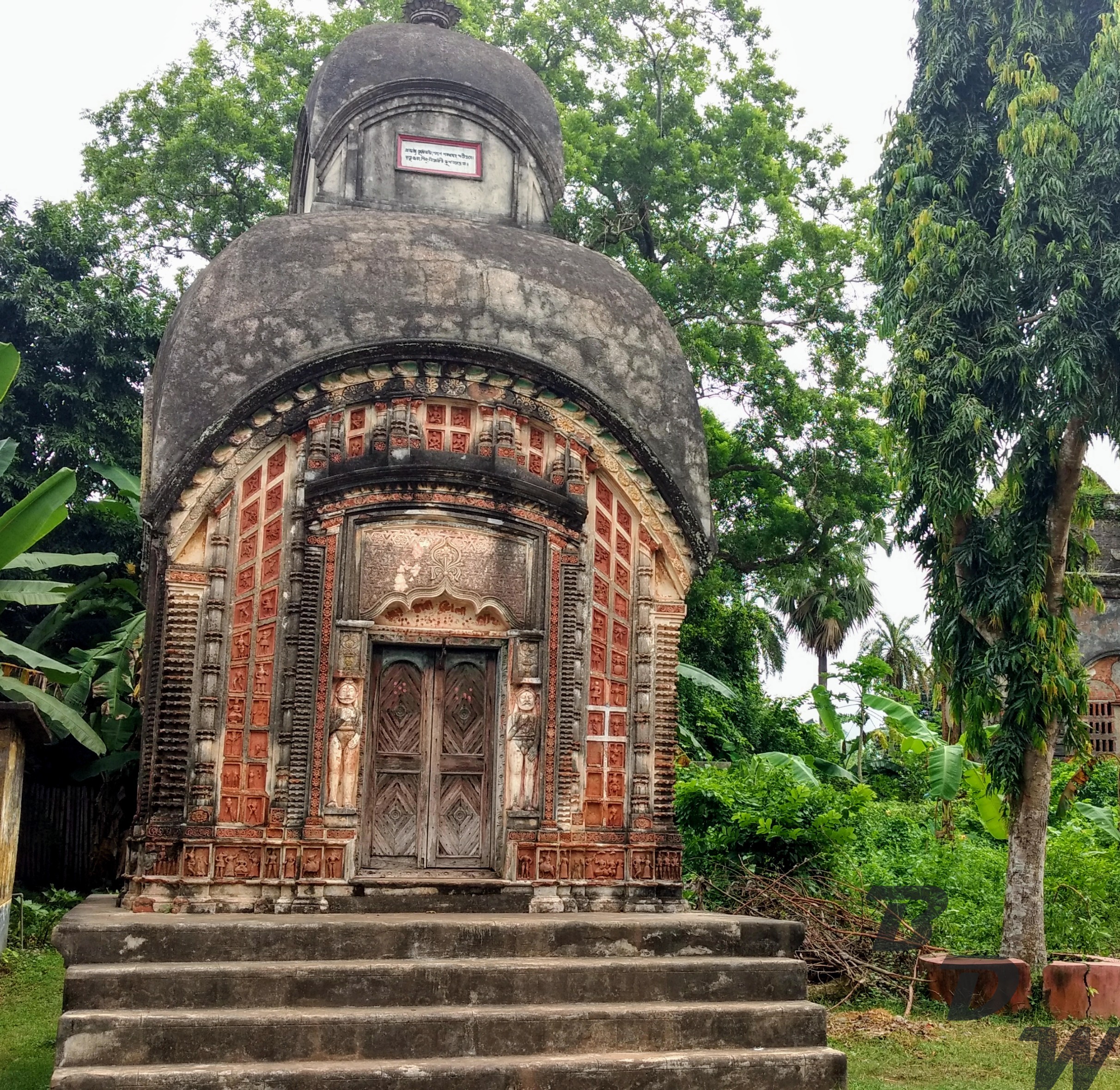
#Kachari_bari (Photo 8). The single-storied building, outside the thakurbari, beside the car park is the kachari bari or office, now kept under lock and key. This was from where the administration was run by the zamindars.

#Pochischura_Rasmancha (Photo 9). This spectacular three-storied brick structure or Rasmancha is adorned by twenty five Deuls (roof). This rare piece of architecture is on the connecting road from Narajole Bazaar. It is a 40-feet high white structure having twenty five deuls on its two upper floors. The ground floor has long corridors, opening on all four sides. Once dilapidated, the grand structure was recently renovated by Narajole Heritage Committee.
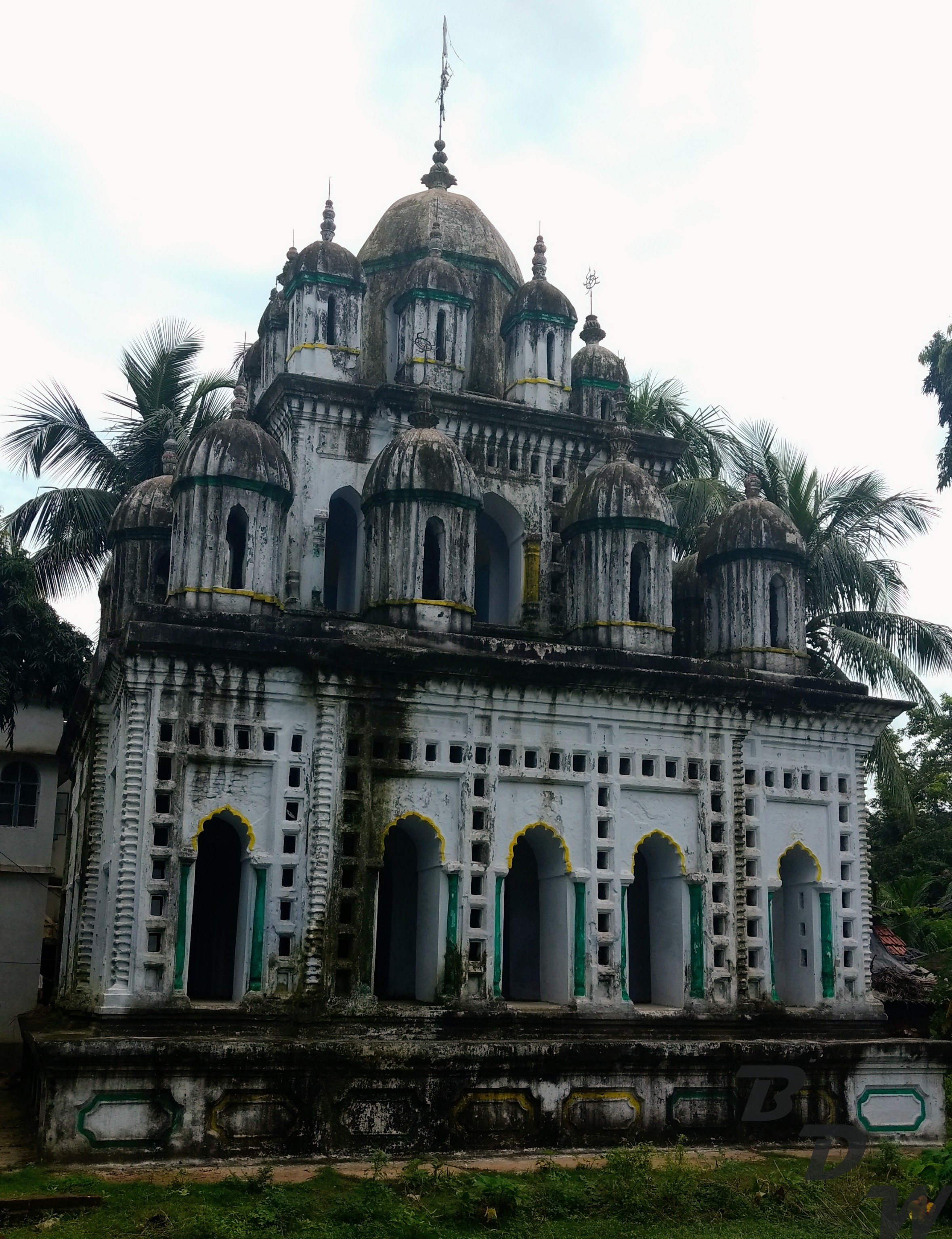
#Sastha_Shivalayas (Photo 10). Opposite the Rasmancha are Sastha (six) Shivalayas built in aatchalaa architectural style. According to historical inscriptions, the temples were built by Braja Kishore Khan, the fifth son of Mohan Lal Khan, in 1765. Adjoining the temples are three Raj Samadhis or graves of Narajole royal family.

#Hawa_Mahal (Photo 11). Another grand palace constructed by Raja Mohan Lal Khan was the Hawa Mahal also known as Chapa Bagan. It was actually an out-house of the zamindars meant for recreation. According to locals it was used for drinking sprees and revelries with dancing girls by the zaminders. The back side of the palace has a withered fountain and overlooks a vast pond with two Shiva temples at its entrance. A massive arched gate on the connecting road stands guarding the building from a distance. Its boundary wall has completely vanished. With the decline of the zamindari, Hawa Mahal started decaying and today it stands as a mute spectator to the complete dilapidation of the royal properties.
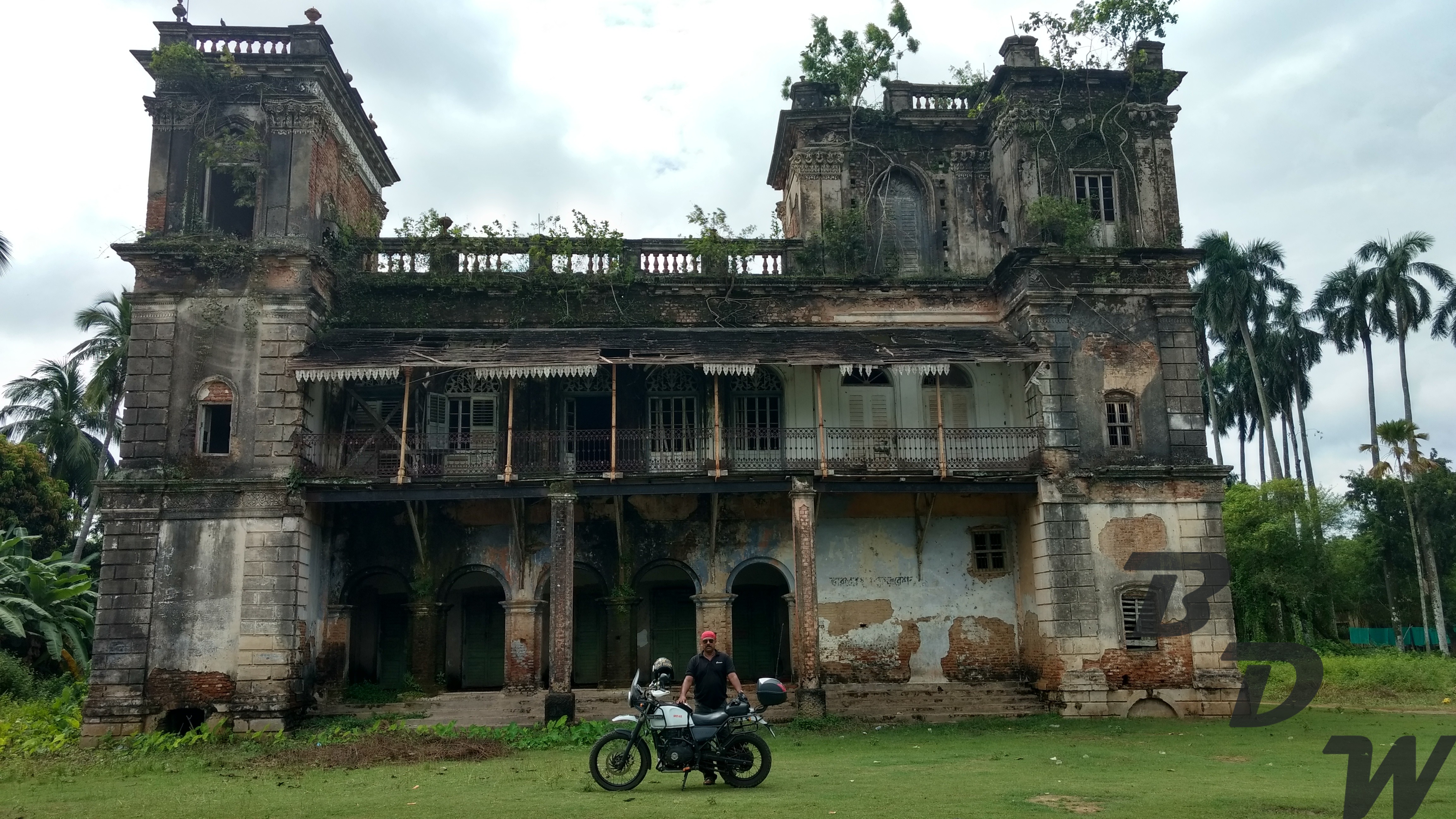
#Lankagarh_Jalahari (Photo 12). This kind of structure is rarely seen in the entire West Bengal. It is a small palace constructed in the middle of a square-shaped lake, the primary attraction of Narajole. Located at Lankagarh on the main road towards Narajole bazaar, this brick structure on water was meant
to be the summer palace of Mohan Lal Khan in 1818 AD, constructed at a cost of `80,000. A beautiful garden spread over 60 bighas of land was laid around the lake.
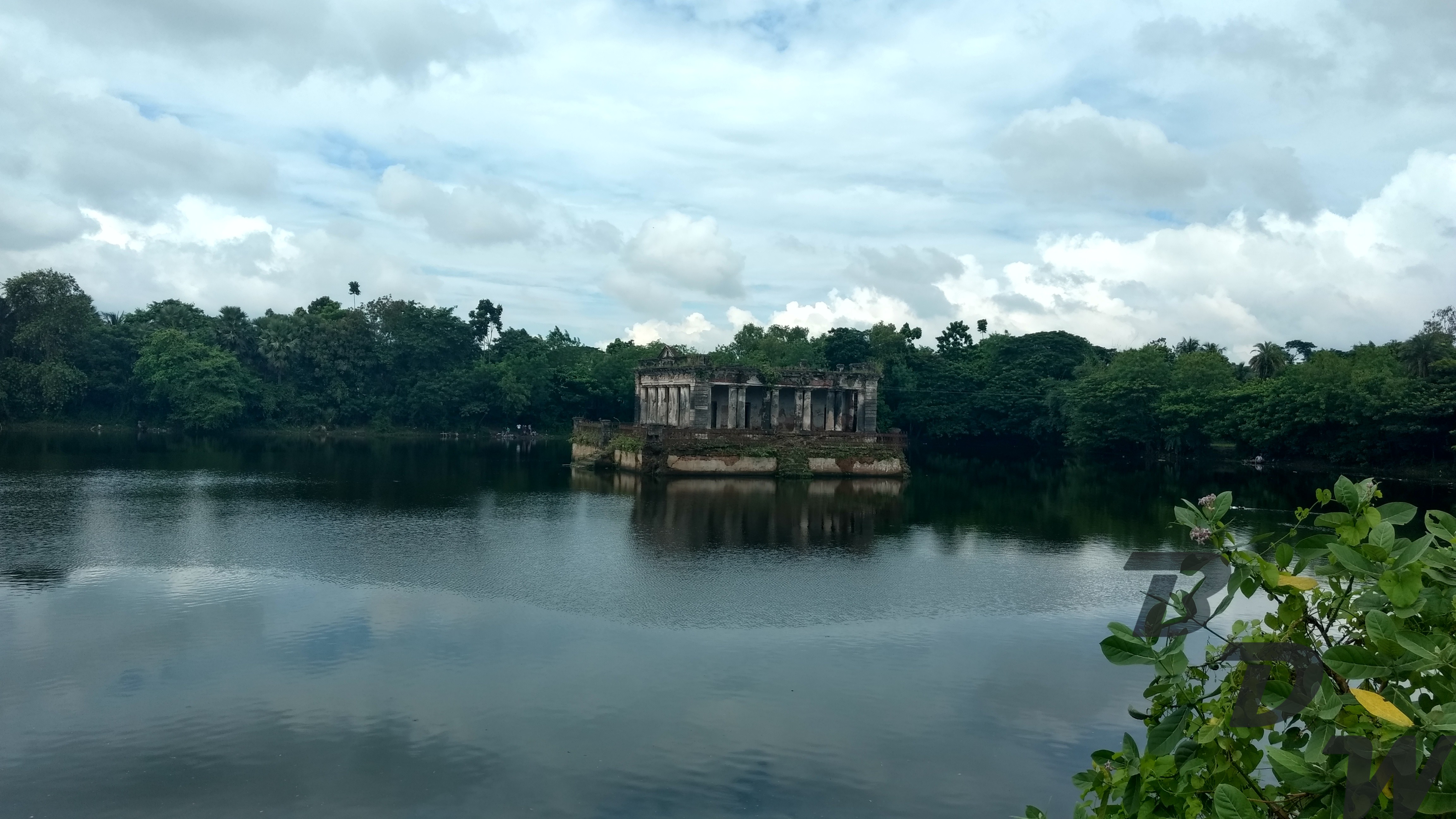
#Story_of_Neglect. The entire story of this place currently is neglect and more neglect. The beauty and heritage is to be seen to be believed. However, to my mind, everything is beyond the stage of repair. The complex is waiting for it’s slow death and will vanish to Oblivion soon. YOU MAY WANT TO SEE IT ONCE, BEFORE ITS NO LONGER THERE.
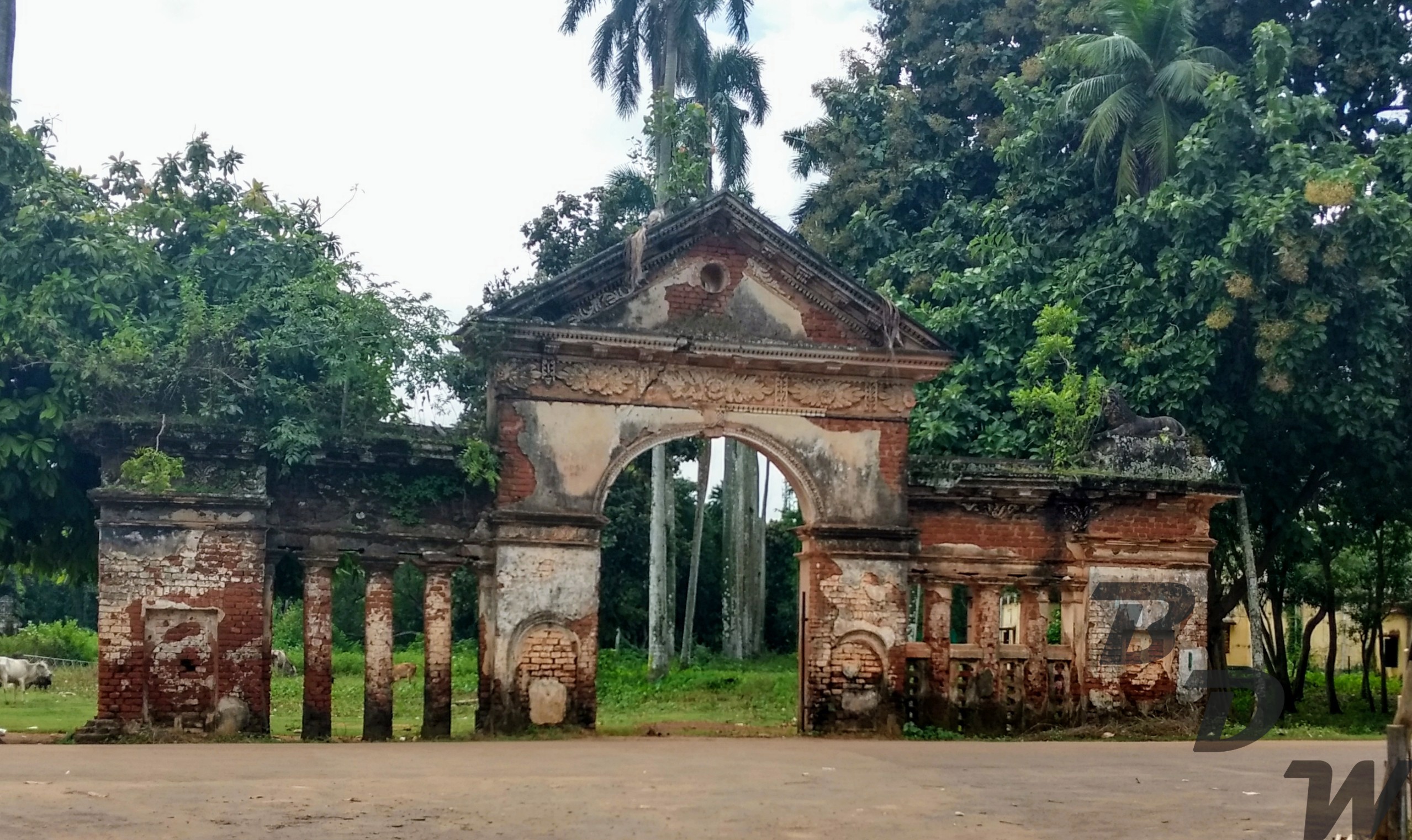


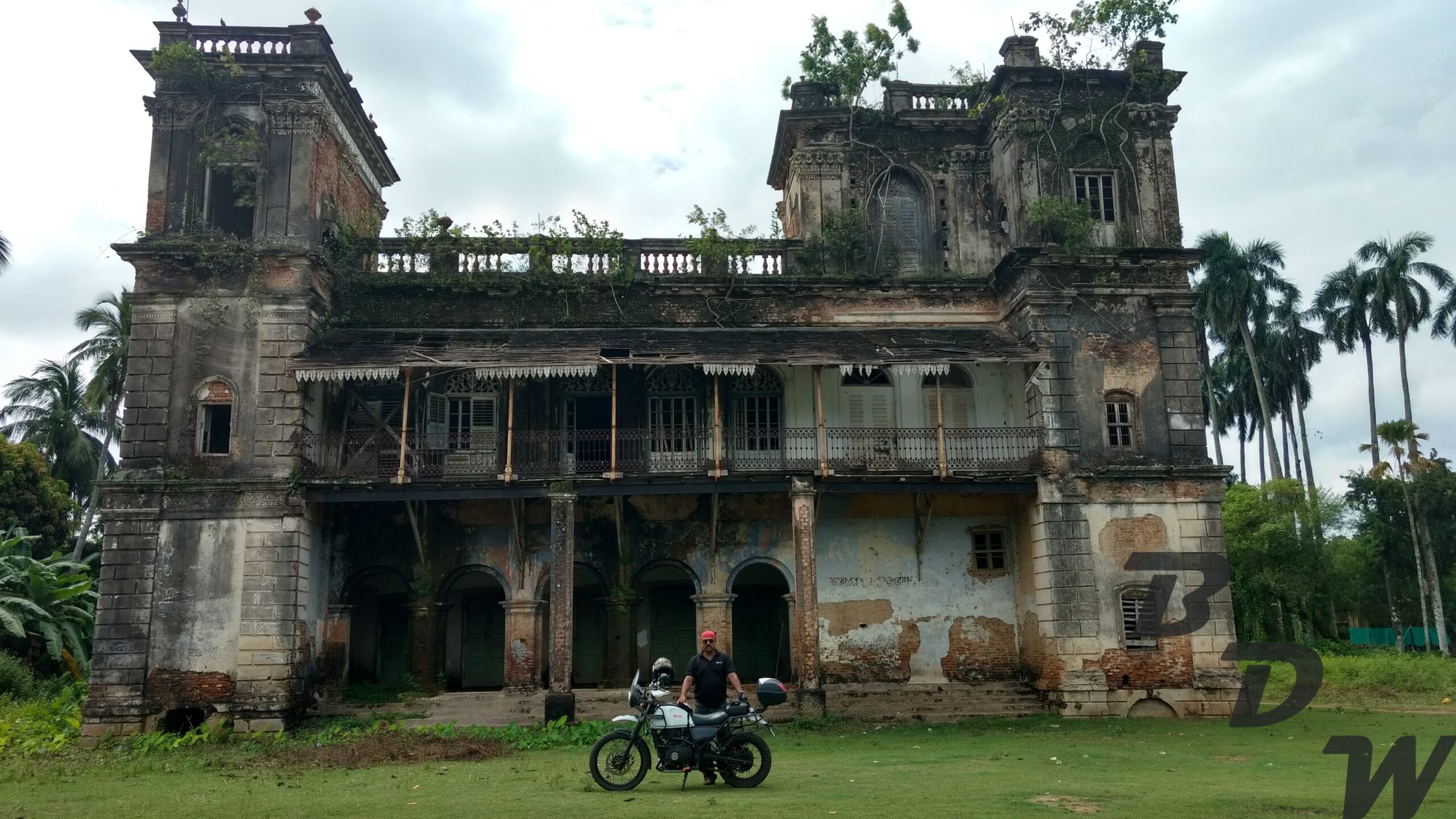
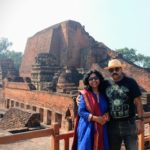

No Comment! Be the first one.